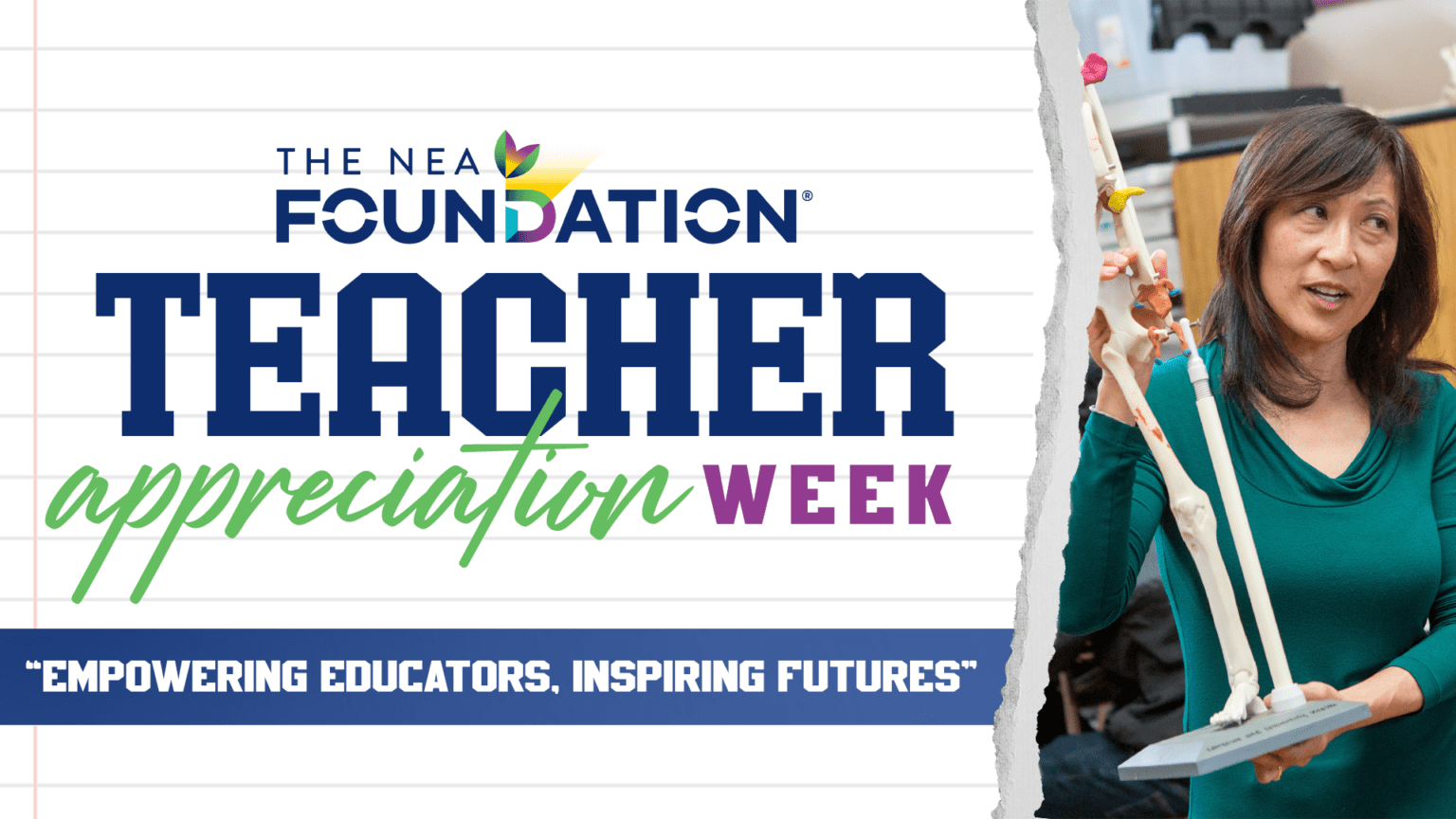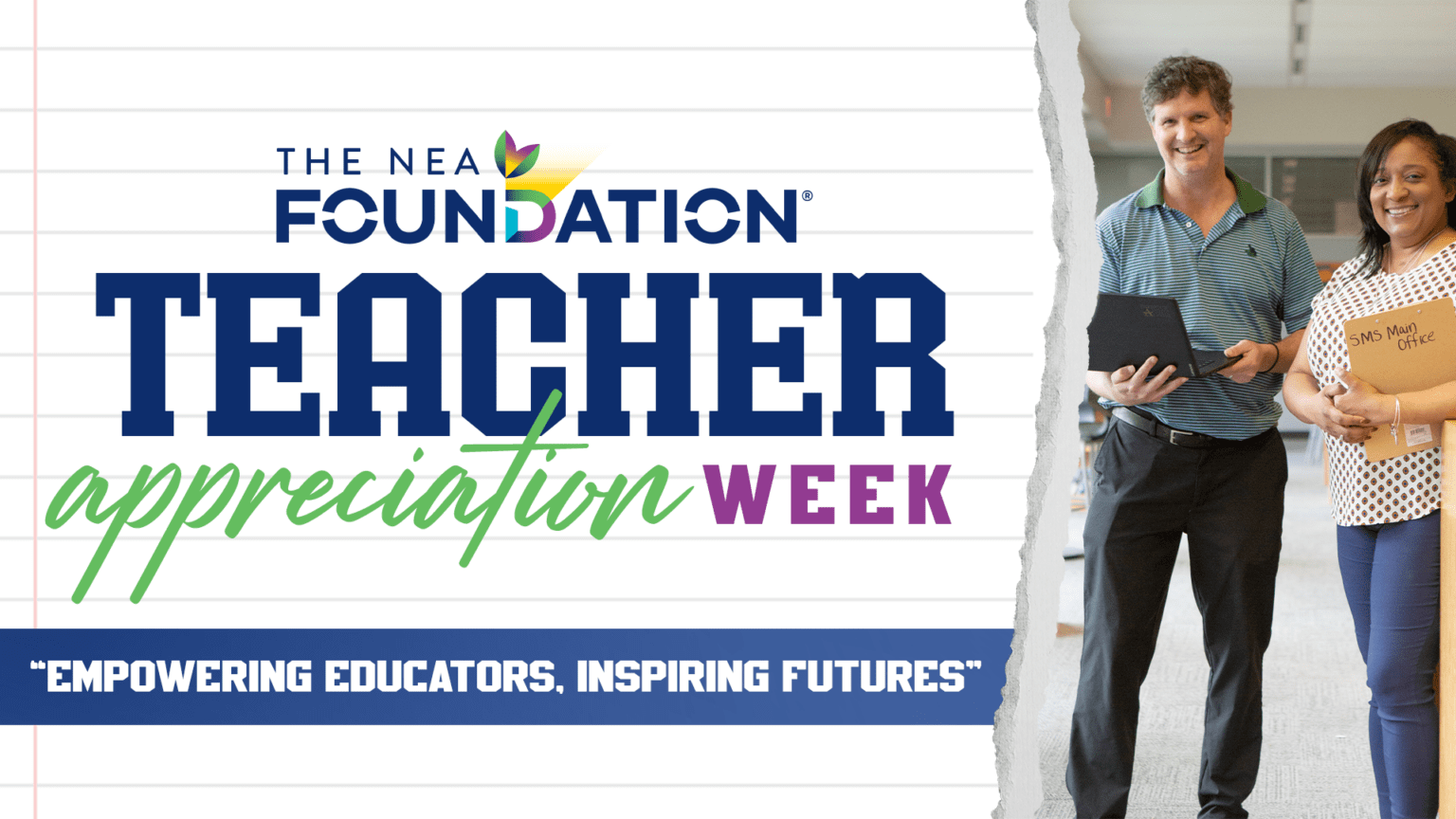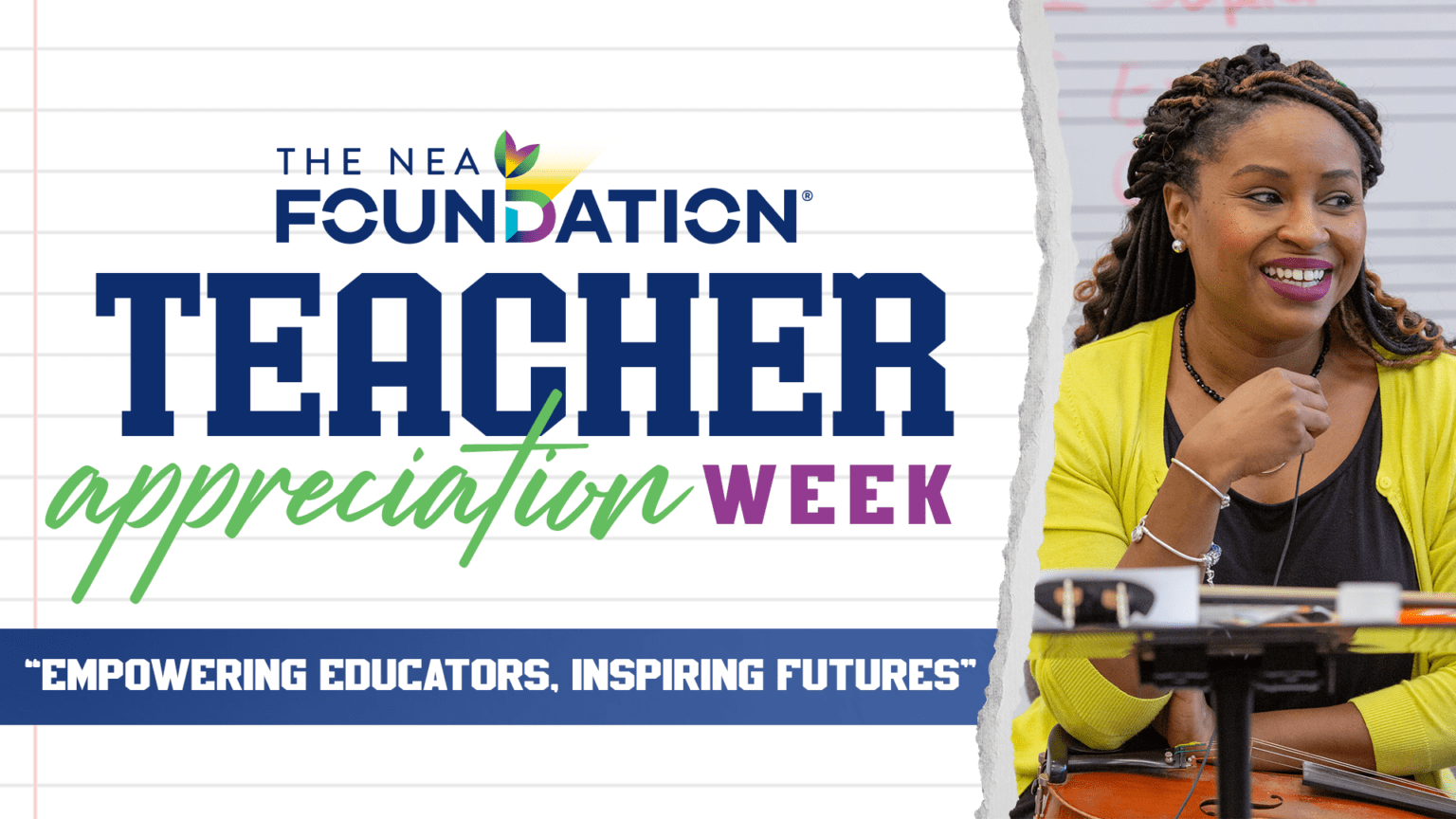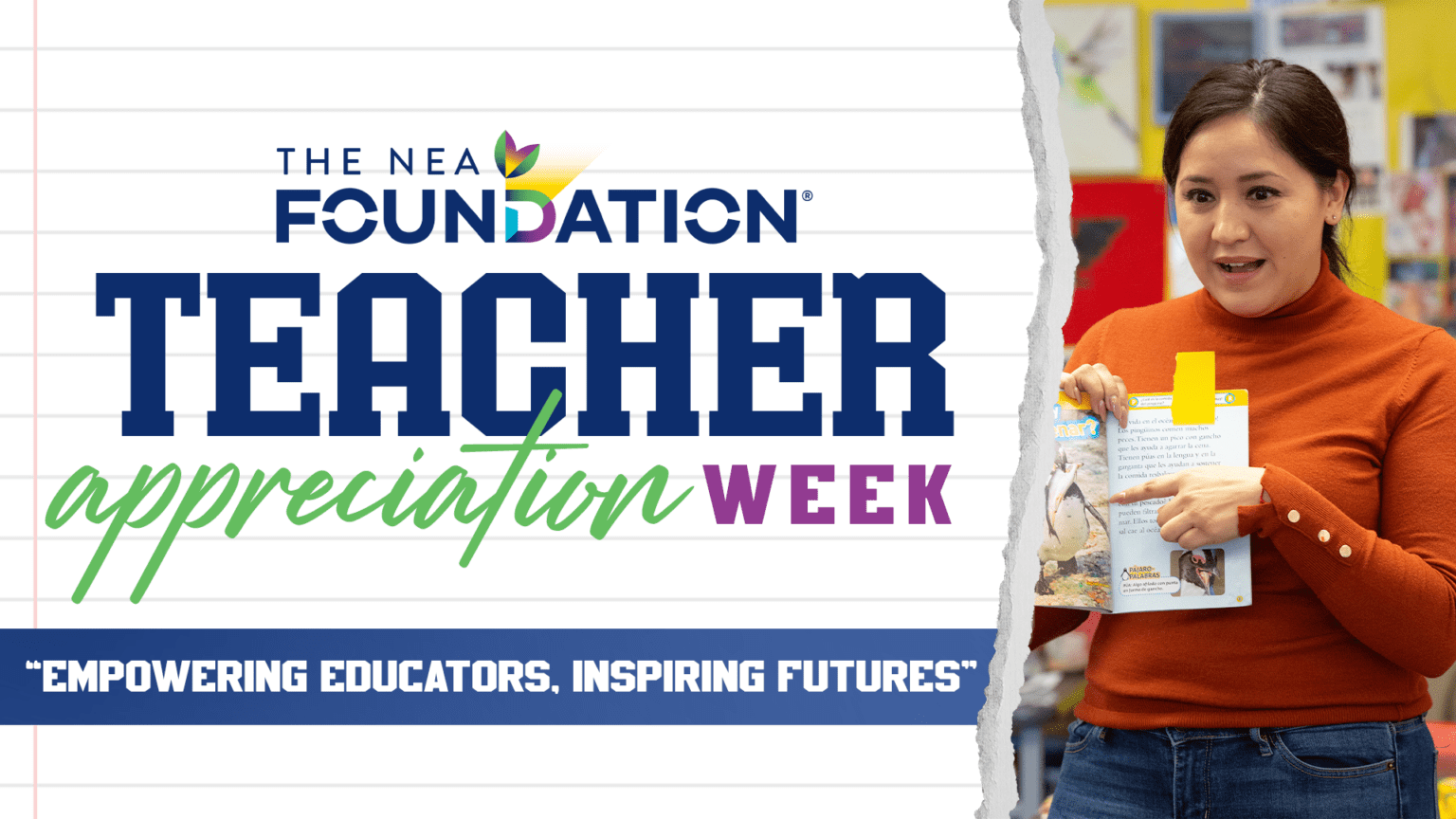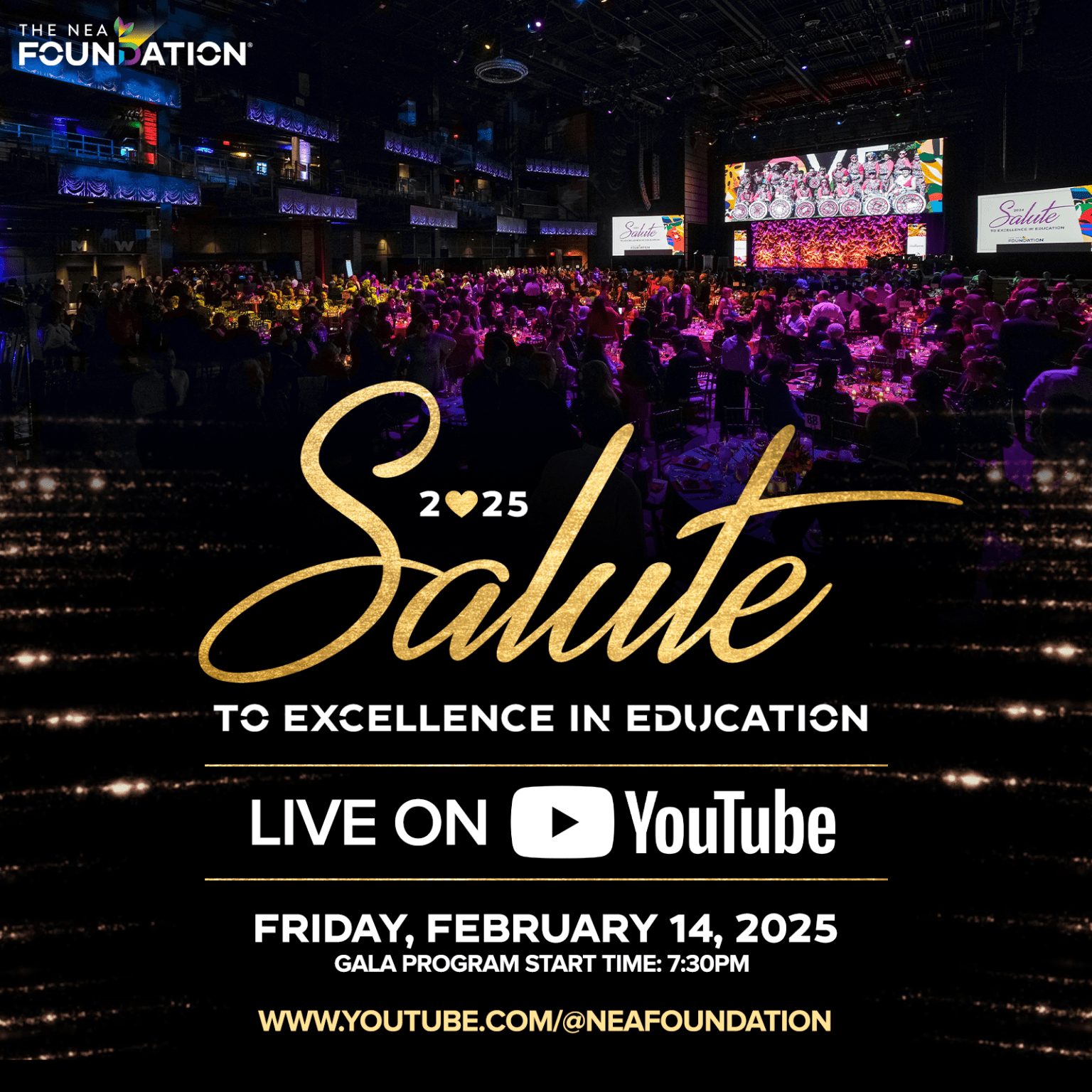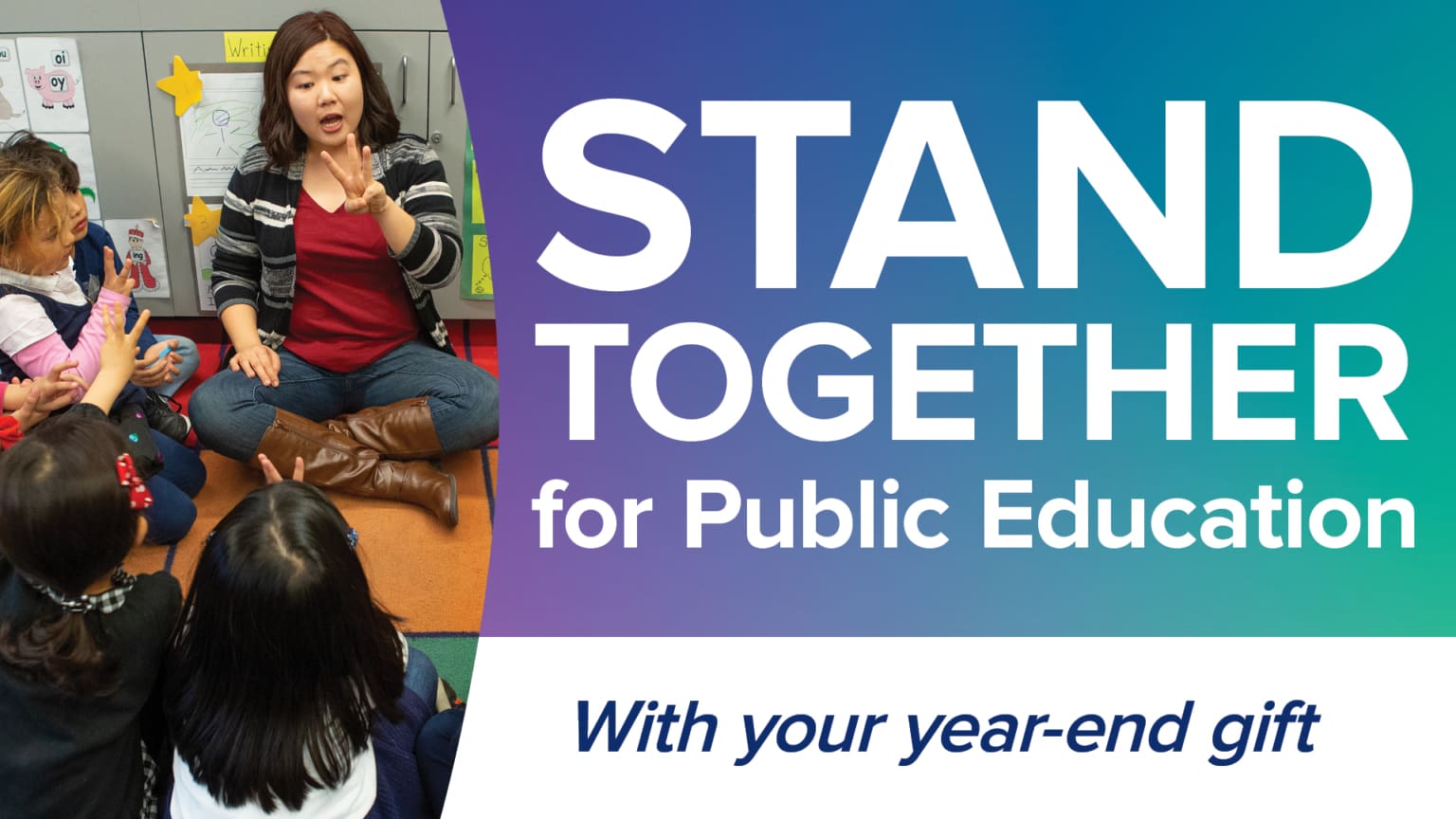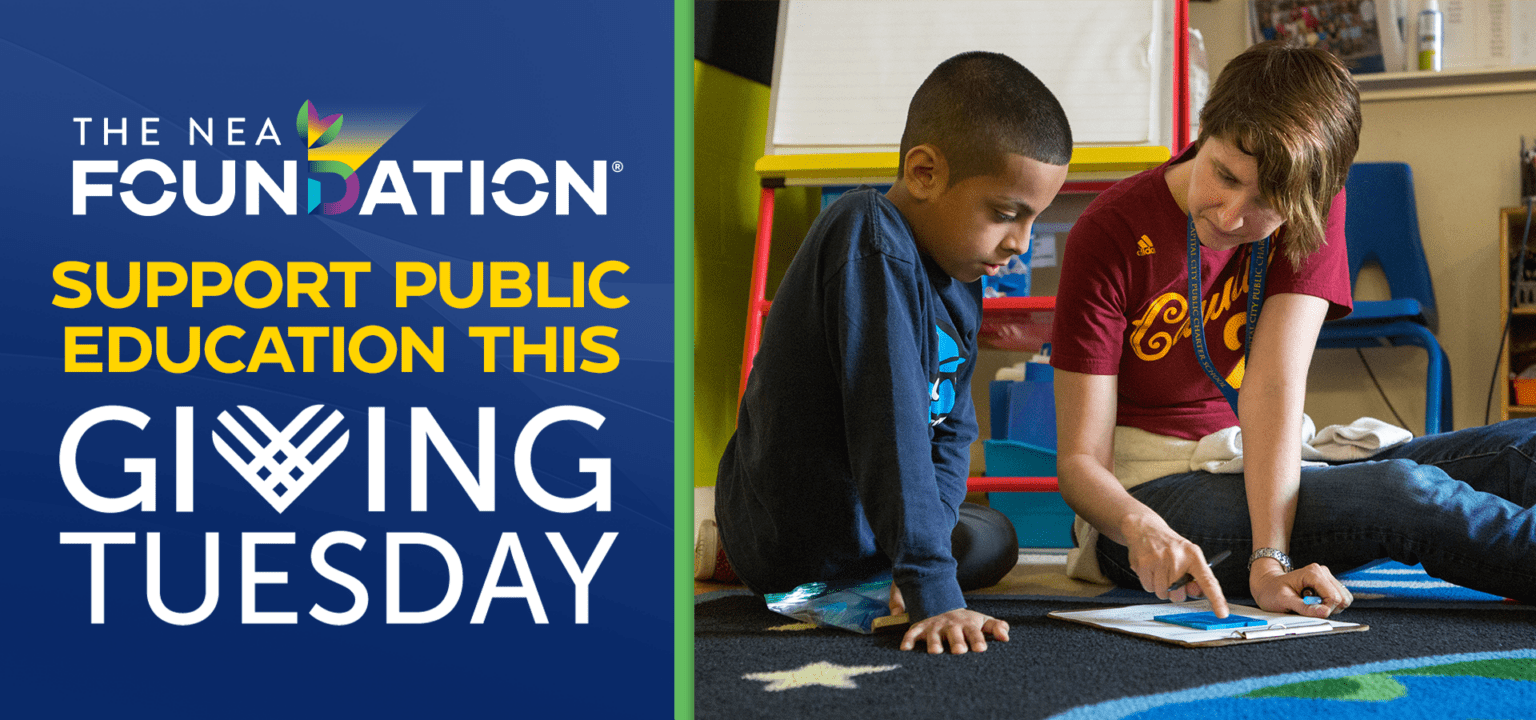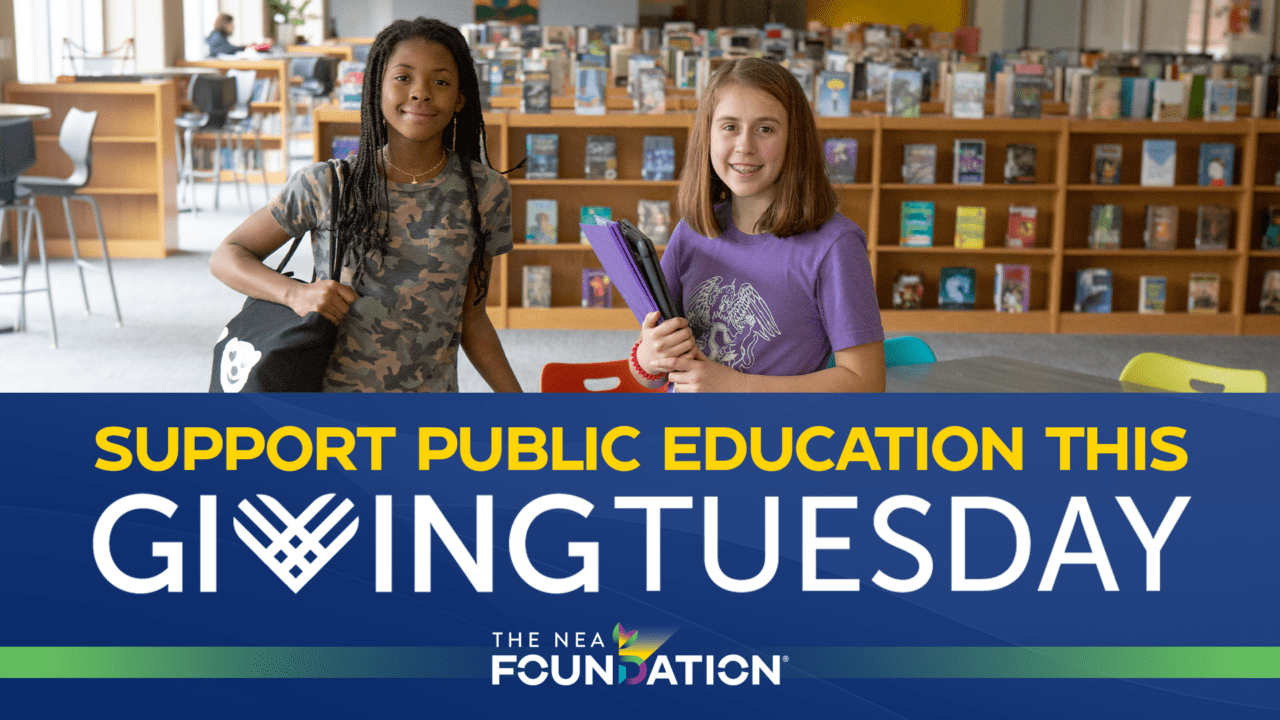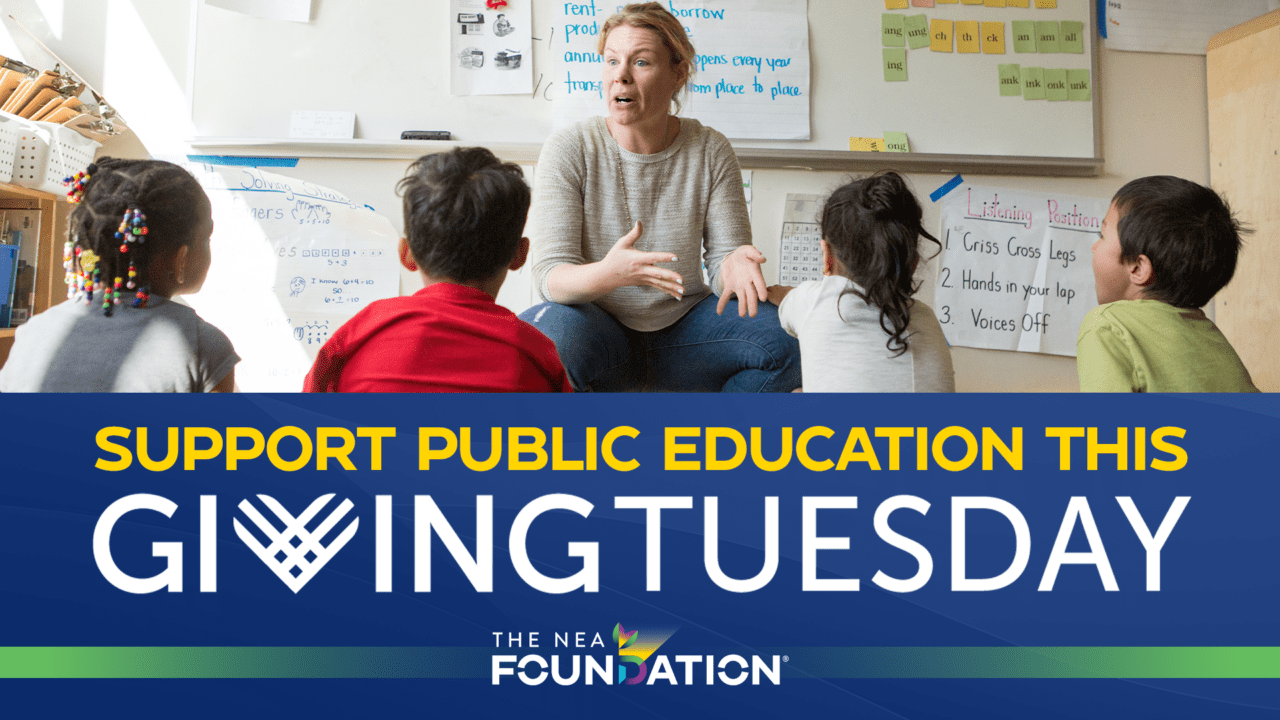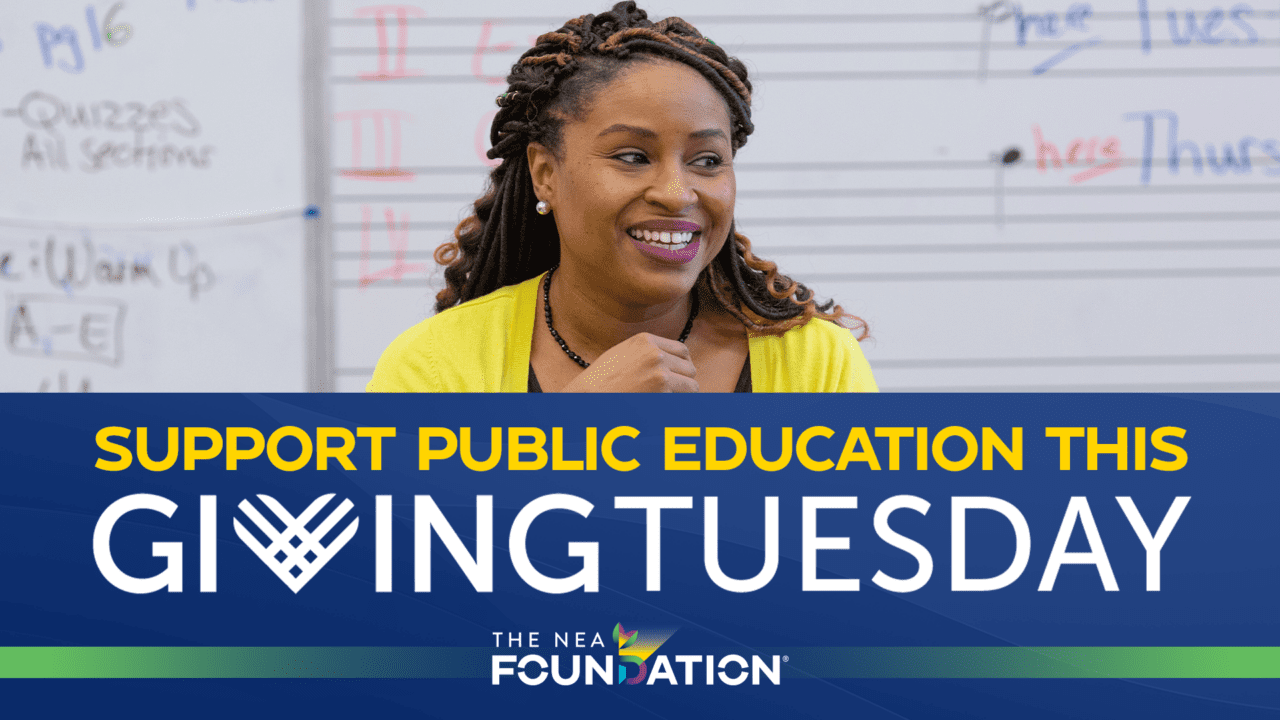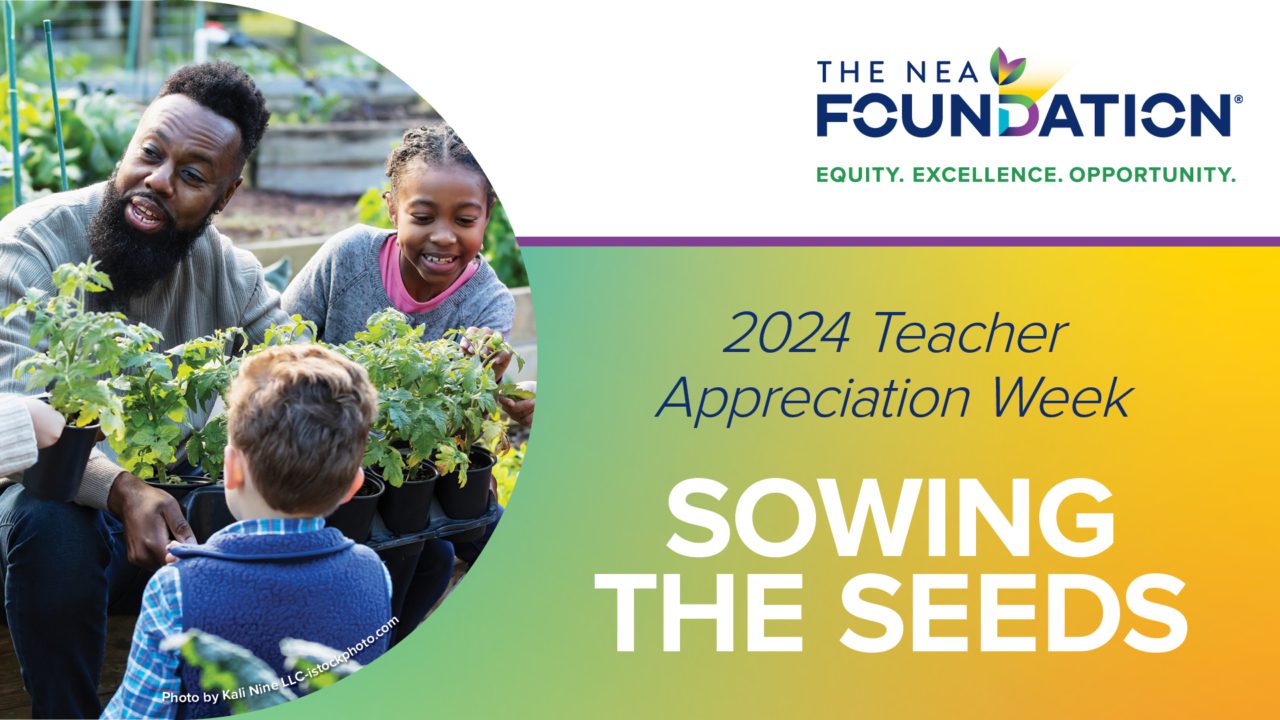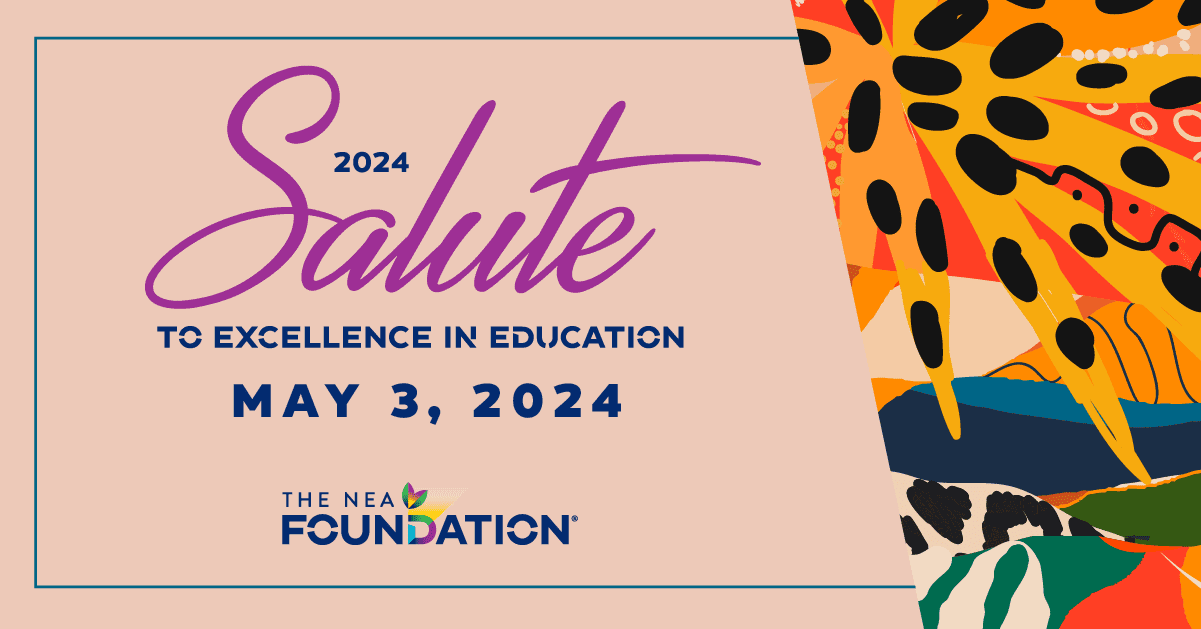
By Mel House
2015 Global Learning Fellow and physical education teacher
Rio Vista Elementary School, North Hollywood, California

This blog series features the NEA Foundation Global Learning Fellows, a cohort of educators who participated in a year-long supported learning experience on the VIF International Global Gateway platform to build global competency skills. Mel and her cohort will travel to Peru for school visits and field study from June 20-30, so look for updates on Facebook.
1. How do you incorporate global ideas or concepts into your classroom?
I teach the historical context of games, sports, and physical activities. When I introduced my students to golf, we learned about Scotland. But cultural is also important. Most of my lessons include an opportunity to practice counting, such as counting the equipment, the number of reps in an exercise, or the number of people on a team. I often ask students to lead the counting in a language spoken in their homes. Sometimes, the words sound strange to other students, and we talk about that. We also talk about the similarities among languages, and how English words may sound strange to people from other countries, too.
During a “lift and carry” lesson, I tell students that many people spend their time walking miles carrying fresh water. This leads to discussions about the current drought in California, how much water we need to live, and how much water we waste in the United States compared to other countries.
2. Why do you feel global education is important?
A good physical education program is cross-curricular. When students understand how to think globally, they begin to look at each other differently, and respond from a global perspective on a local scale. Students deal with differences through empathy, and eventually find a path to similarities, which leads to acceptance.
3. How do students respond to global learning?
Sometimes they find it interesting, sometimes they find it silly, and sometimes they want to fast forward to the part where they pick up equipment! I saw the most poignant change in students this past year when we related current events to something global. We talked about the drought, soccer vs. football, the Special Olympics World Games in Los Angeles, and whether collecting water is more important than attending school.
4. Tell us about a time when students made global connections in your classroom.
My first (consciously) global lesson was a “lift and carry” lesson. I taught students that many children in developing countries collect water instead of going to school. My third grade class went deep into a discussion of the importance of water and of going to school. They never reached a consensus, but they decided it would be good to come up with a way to do both. One insightful young man decided he would go to school to learn how to build a well so he wouldn’t have to walk to get water!
Download Mel’s free global lesson plan designed for Grades 1-5, “Water Everywhere…Or Is It?”

